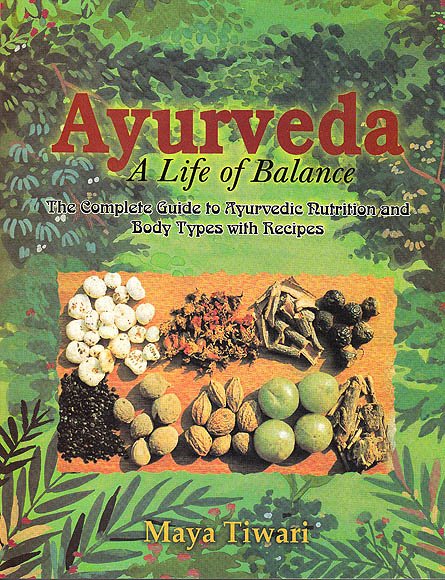Indian Medicinal Plants
by Kanhoba Ranchoddas Kirtikar | 1918
A comprehensive work on Indian Botany including plant synonyms in various languages, habitat description and uses in traditional medicine, such as Ayurveda....
15. Aconitum napellus, Linn.
The medicinal plant Aconitum napellus is a member of the Ranunculaceae (buttercup) family. This page includes its habitat, botanical descption, medicinal uses (eg., Ayurveda), chemical constituents and history of use in modern and ancient India.
Index in Flora of British India (Hooker): 1. 28.
Vernacular:—Dudhiabish; Katbish; Mitha-Zahar; Tilia cachang; Mohri (Kashmir and Panjab Himalayan names). The root in Kashmir is called Ban-bal-nag, Vasa nabhi (Tel.); Dudhio Vachanag (GuzA
Habitat:—Temperate, Alpine Himalaya, from 10,000 feet to the highest limit of vegetation in the N.-W. Provinces.
Botanical description:—An annual erect herb, starting from an elongated tuberous conical rootstock.
Roots: 2-4 in. long, and sometimes as much as an inch in thickness. This root tapers off in a long tail, while numerous branching rootlets spring from its side. If dug up in the summer, it will be found that a second and a younger root (occasionally a third) is attached to it, near its summit, by a very short branch and is growing out of it on one side. This second root has a bud at the top which is destined to produce the stem of the next season. It attains its maximum development at the latter part of the year, the parent root, meanwhile, becoming shrivelled and decayed. The dried root is more or less conical or tapering, enlarged, knotty at the summit, which is crowned with the base of the stem. It is from 2—3 or 4 inches long, and at the top from ½—1 in. thick. A transverse section of a sound root shows a pure white central portion (pith) which is many-sided and has at each of its projecting angles a thin fibro-vascular bundle. (Flückiger and Hanbury).
Stem:—Stiff upright herbaceous, simple, 3-4ft. high, clothed at its upper half with spreading dark-green leaves, which are paler on their underside; glabrous or slightly pubescent, often decumbent.
Leaves: 3—5 or more inches long, nearly half consisting of the channelled petiole, palmati-partite; very variable in size. The blade which has a roundish outline, is divided down to the petiole into three principal segments, of which the lateral are sub-divided into two or even three, the lowest being smaller and less regular than the others. The segments, which are trifid, are finally cut into 2 or 5 strap-shaped pointed lobes. The leaves are usually glabrous and are deeply impressed on their upper side by veins which run with but few branchings to the tip of every lobe.
The uppermost leaves are more simple than the lower, and gradually pass into the bracts of the beautiful raceme of dull blue helmet-shaped flowers which crown the stem. The taste of the leaves is at first mawkish, but afterwards persistently burning. The taste of the fresh root has a sharp odour of radish which disappears in drying. Its taste which is at first sweetish soon becomes alarmingly acrid, accompanied with a sensation of tingling and numbness. (Flück. and Hanb.).
Flowers: ¾-lin., long. “Bright or dull greenish blue” (Hk. f., and Thoms.).
Sepals: 5, petaloid, posterior (helmet) vaulted, the rest flat.
Petals: 2-5, two posterior clawed; limb hooded and enclosed in the helmet.
Helmet: shallow, tapering to a slender beak, 3 times as long as high.
Racemes: Simple, few—or many-flowered, or sparingly compound.
Bracts: entire or trifid.
Stamens: many.
Follicles: 3-5 in. in Indian forms; hairy, sessile.
Seeds: many.
Testa: smooth. This is a very variable plant.
“Recent investigations into the Chemistry of the Indian Aconites, and my own examination of a great mass of herbarium material, many times richer than that which was at the disposal of the authors of the Flora Indica, as well as histological studies concerning the root-tubers of the Indian Aconites, have convinced me that the European Aconitum Fapellus does not occur in India, either in its typical form or what we might be justified in calling varieties of it.” (Annals of the Royal Botanic Garden, Calcutta, Vol X, p. 121. ‘The Aconites of India’ by Dr Otto Stapf).
Part used:—The root.
Medicinal uses:—Its febrifuge and tonic properties are mentioned in all works on Materia Medica.
